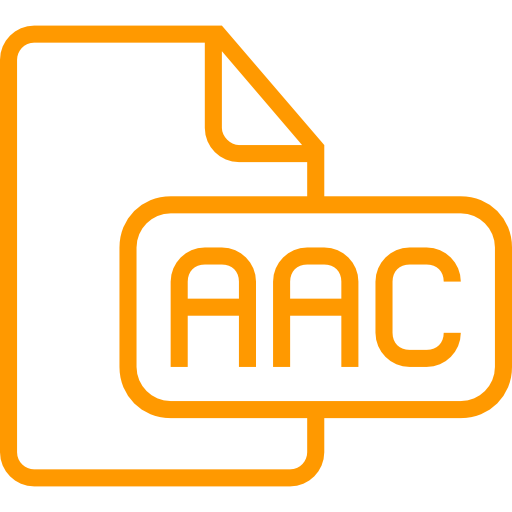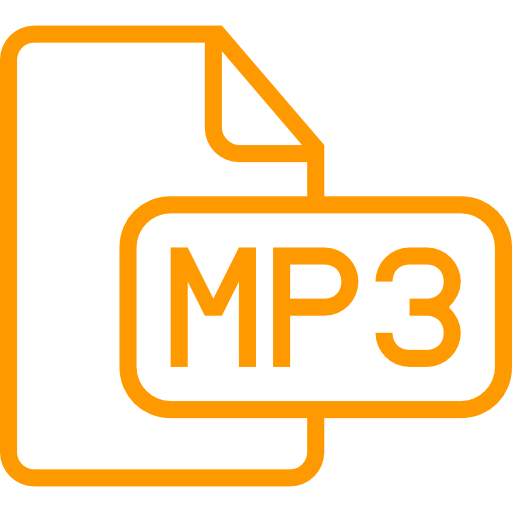What means one thing in normal day to day conversation can have an entirely different meaning to professionals in the radio broadcasting industry. So to help you out, we’ve put together a short glossary of some of the most popular radio terms in order to get you sounding like a pro today.
.
 AAC
AAC
Advanced Audio Coding is a type of digital audio file that generally offers higher-quality sound than MP3 while using the same
amount of disk space, or less. AAC is the the format of all songs sold on the iTunes Store.
.
Automation software
Software that allows radio broadcasters to automate the tasks involved in running an online radio station, e.g. managing your audio files and scheduling them in a specific queue.
.
Bit rate
A synonym for data transfer rate. Bit rate is usually measured in kilobits per second (Kbps). Standard quality on computers and web readers tends to be 128 kbps for MP3.
.
Break
A short audio element or intervention that you can integrate directly into your schedule at regular intervals without having to worry about the schedule itself.
.
Broadcasting constraints
Restrictions that you can apply should you want to ensure that titles, artists or albums in your library are not repeated before X minutes have passed.
.
Bulletin 
A short audio clip that lets you scatter your shows with information (News, Horoscope, Flash Weather Report etc.).
.
Crossfade
Editing that makes a smooth transition between two audio files, we allow you to do this on the Radio Manager when you edit your Mix Points.
.
Daily Generation
The Daily Generation function on the Radio Manager is like a queue, it allows you to generate and view your station’s broadcasting schedule in advance. It is an effective way of ensuring that your radio station runs smoothly and according to your expectations.
.
Gigabytes
A gigabyte (GB) is a measure of computer storage capacity that is roughly equivalent to 1 billion bytes.
.
 Icecast
Icecast
The open source audio streaming server used by RadioKing that allows you to manage all your audio files. It is an alternative to Shoutcast technology.
.
Jingle
An fully produced catchy audio clip that presents your radio station/show, making it easier for your audience to remember. Jingles do not go over music but sit between tracks.
.
Liner
Also known as a sweeper, a piece of audio designed to segue between songs. Liners play over intros and extros to ensure a smooth transition.
.
Live
Any radio broadcast without delay.
.
Live Broadcasting Software
Software that allows you to manage your broadcast without delay such as BUTT, WinAmp + EdCast, RadioDJ etc.
.
Listening hours
Listening hours are the number of total hours for which your radio can be listened to over the duration of one month.
.
Mixing desk/Audio Mixer
An electronic device that combines/mixes and allows you to modify various audio signals and then process them into a single sound that can be heard out of your speaker system. A mixing desk can be analog or digital.
.
Metadata
Also known as ID3 metadata, the information embedded in an audio file that is used to identify the content (e.g. song title, artist name, release date etc.). Metadata is important when broadcasting online as it easier for your listeners to identify the current track.
.
 MP3
MP3
A common audio format for consumer audio streaming and storage. Because MP3 files are small, they can easily be transferred across the Internet.
.
Podcast
On demand audio. An audio file in a concise format, created in the form of a radio show. Listeners can often subscribe to a podcast so that it can be automatically downloaded to a personal audio device.
.
Playlist
Playlists help you classify your tracks, radio bulletins, podcasts etc. into different groups and allow you to easily schedule them into your daily programs.
.
Program
A plan for your broadcast prepared from a number of your playlists. This program will repeat by default according to the allotted time in your schedule. Using this module, you can easily create a plan for a specific show, for example a morning show.
.
Reach
Your station’s reach represents the number of different people who tune in to a radio station during a given period.
..
 Sound processing
Sound processing
The intentional alteration of audio signals to improve sound quality, often through a specific software. The closest feature to this on the Radio Manager would be the Normalization function found in the Settings module.
.
Stream
The broadcasting of a radio station in one audio format and one defined bitrate.
.
Tag
Tags are like keywords or categories that you can use to classify your music, podcasts, or jingles. In other words, they’re an efficient way of organising your media library on the Radio Manager. You can associate as many tags as you want with your songs, podcasts, or jingles.
.
 Voice track
Voice track
Pre-recorded voice clips that produce the illusion of a live DJ sitting in the radio studios when one is not actually present. For example, “We’ve just listened to (Name of artist) and now we’ll be playing you the latest track from (Name of artist).
.
 AAC
AAC
 Icecast
Icecast
 MP3
MP3 Sound processing
Sound processing  Voice track
Voice track